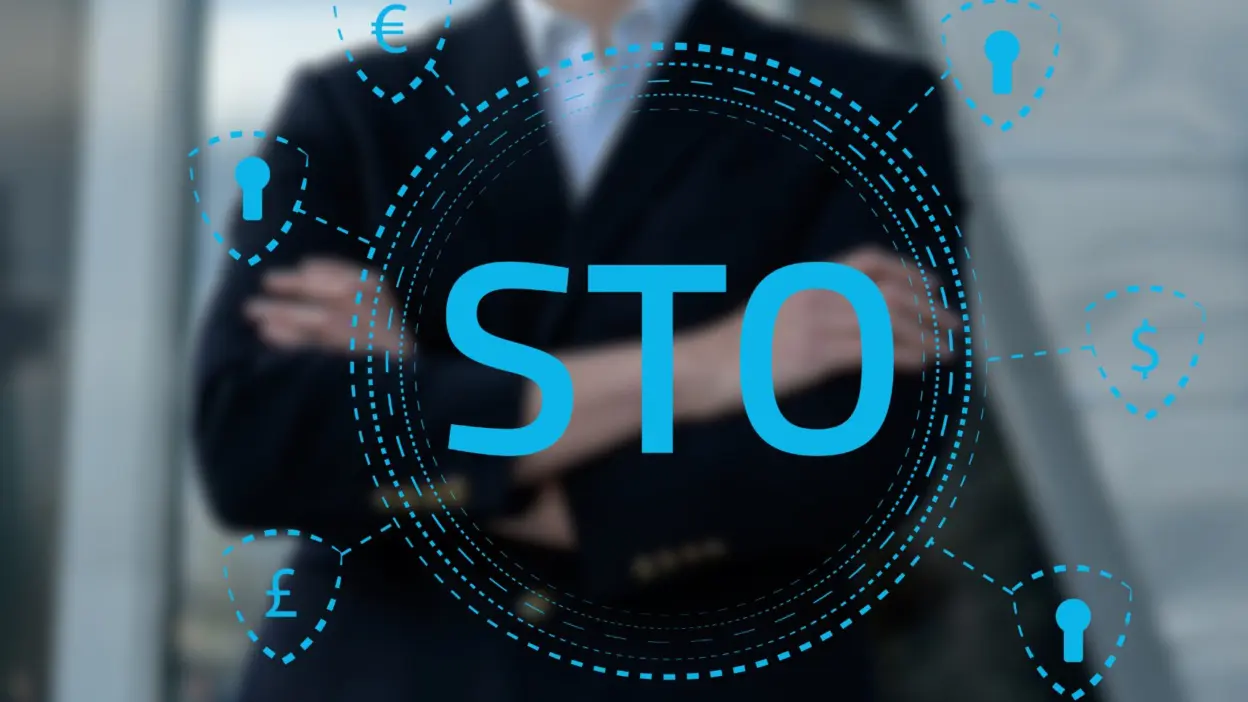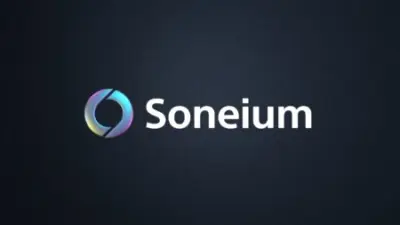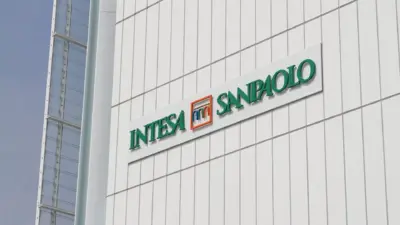Over $4.6 billion was lost to scams in the unregulated blockchain space in 2024 and this makes the subject of how STOs are making blockchain investment more secure and regulated timely
Security Token Offerings (STOs)—a revolutionary approach poised to transform blockchain investments. Unlike traditional ICOs (Initial Coin Offerings), STOs are regulated investment vehicles that combine the benefits of blockchain with the oversight and transparency of securities laws. By tokenizing real-world assets and operating under stringent legal frameworks, STOs are quickly becoming the future of secure blockchain investment.
This article explores how STOs are making blockchain investment more secure and regulated by introducing measures like compliance-driven frameworks, investor protection, and enhanced transparency. Whether you’re a seasoned investor or new to blockchain, STOs are reshaping the game with their commitment to safety and accountability.
What Are STOs? A Primer
When it comes to how STOs are making blockchain investment more secure and regulated, it starts with understanding what an STO (Security Token Offering) actually is.
Simply put, STOs are a regulated form of blockchain-based fundraising where companies issue security tokens—digital representations of real-world assets like stocks, bonds, or property.
These tokens comply with securities laws, ensuring a higher level of investor protection compared to traditional blockchain fundraising methods.
Unlike Initial Coin Offerings (ICOs), which often operate in unregulated environments, STOs are backed by legal frameworks that bring transparency and legitimacy to the process.
While ICOs rely on hype and promise speculative returns, STOs are tied to tangible assets, making them a more secure and accountable option for investors.
Additionally, compared to traditional securities, STOs leverage blockchain technology to enable faster transactions, global reach, and lower costs—all while adhering to regulatory standards.
Real-world examples further demonstrate how STOs are making blockchain investment more secure and regulated. For instance, tZERO raised over $134 million through its STO, providing token holders with equity-like benefits in the company.

Similarly, Aspen Digital tokenized a luxury ski resort, allowing investors fractional ownership while maintaining compliance with U.S. securities laws.
These success stories highlight the potential of STOs to bridge the gap between innovation and investor protection.
Why Blockchain Investment Needed Better Security and Regulation
Years of difficulties in the realm of blockchain investing highlight How STOs Are Making Blockchain Investment More Secure and Regulated.
Unchecked promise was represented by the emergence of uncontrolled ICOs (Initial Coin Offerings), yet also rampant fraud.
Between 2017 and 2018 alone, billions of dollars were wasted as several ICO ventures failed to produce or vanished completely, leaving investors empty-handed.
Lack of investor safeguards has been one of the main issues with conventional blockchain fundraising strategies. ICOs offered less responsibility without government control, which let frauds to take advantage of gullible investors.
Moreover, the volatility of digital assets introduced still another level of risk; hence, blockchain investments are erratic and, in many circumstances, unsustainable.
Complicating legal systems across borders, investors also had to contend with questions regarding rights, responsibilities, and claim enforceability.
This patchwork of laws left investors exposed and determented institutional players from joining the blockchain scene.
By means of compliance-driven systems, legal clarity, and improved transparency—clear instances of How STOs Are Making Blockchain Investment More Secure and Regulated—STOs solve these important concerns.
STOs close the innovation-accountability gap by tokenizing assets under tight securities rules, therefore opening the path for a more safe and reliable investment environment.
How STOs Are Making Blockchain Investment More Secure
How STOs Are Making Blockchain Investment More Secure and Regulated lies in their ability to introduce much-needed structure and accountability to the blockchain investment landscape. By integrating regulatory compliance, transparent ownership, and legal clarity, STOs are creating a safer environment for investors.
Regulatory Compliance
Built on a foundation of worldwide securities rules, notably those enforced by the Securities and Exchange Commission in the United States, STOs
Unlike ICOs, which sometimes ignore such control, STOs demand issuers follow tight guidelines protecting investors.
STOs use Know Your Customer (KYC) and Anti-Money Laundering (AML) systems, for example, to guarantee participants are checked and so lower the possibility of illegal activity.
How STOs are making blockchain investment more safe and regulated, depends mostly on this dedication to compliance.
Transparent Ownership
Underlying STOs and providing unparalleled openness is blockchain technology. Real-time verification of security token ownership and transaction history by investors guarantees that no dishonest activity takes place.
This unchangeable ledger on the blockchain assures responsibility and confidence, so strengthening investor trust.
Investor Protections
Dividends, voting rights, and profit-sharing are among the systems STOs bring in to protect investors.
These characteristics link security tokens to real estate or equity, so providing investors more control and a better return on their capital.
These protections draw attention to still another way STOs are changing the investing scene to give safety and confidence top priority.
Legal Clarity
STOs guarantee that investors’ rights are safeguarded by offering a strong legal foundation for token issuing.
From legally enforceable agreements to clear contracts, STOs remove the uncertainty that beset ICOs.
STOs have established their place in how STOs are making blockchain investment more safe and regulated by fusing the best of blockchain and conventional finance.
Case Studies: STOs in Action
The impact of ‘how STOs are making blockchain investment more secure and regulated’ can be best understood by examining real-world examples.
From successful projects that set benchmarks to failures that highlight the importance of compliance, these case studies showcase the transformative potential of STOs.
tZERO
One of the most prominent success stories in the STO space is tZERO, a blockchain-based platform for trading digital securities.
In 2018, tZERO raised over $134 million through its Security Token Offering, adhering strictly to U.S. securities regulations. The platform implemented KYC and AML protocols, ensuring all investors were verified and compliant.
Investors in tZERO received tokens that provided equity-like benefits, such as profit-sharing and voting rights.
By combining blockchain’s efficiency with regulatory oversight, tZERO demonstrated how STOs are making blockchain investment more secure and regulated, fostering trust among institutional and retail investors alike.
RECoin and DRC World
In 2017, the U.S. Securities and Exchange Commission (SEC) charged Maksim Zaslavskiy for fraud in connection with the ICOs for RECoin and DRC World.

These projects were marketed as being backed by real estate and diamonds, respectively, but were found to be fraudulent and unregistered securities offerings.
In November 2018, Zaslavskiy pleaded guilty to charges that carried a term of up to five years imprisonment.
This case underscores the critical importance of adhering to regulatory requirements in token offerings. Non-compliance not only leads to legal repercussions but also erodes investor trust and can result in significant financial losses.
Benefits of STOs for Investors and Blockchain Developers
The widespread adoption of ‘how STOs are making blockchain investment more secure and regulated’ has ushered in numerous benefits for both investors and blockchain developers.
For Investors
Increased Trust and Confidence
STOs operate under strict regulatory oversight, giving investors confidence in the legitimacy of their investments.
The integration of KYC and AML protocols ensures that funds are protected and compliant with international laws.
This heightened trust exemplifies ‘how STOs are making blockchain investment more secure and regulated.’
Legal Protection
Unlike unregulated ICOs, STOs provide clear legal rights to investors. Security tokens are tied to real-world assets or equity, offering enforceable claims and legal recourse in case of disputes. This layer of protection minimizes risks and enhances the overall investment experience.
Access to Previously Inaccessible Asset Classes
STOs democratize access to asset classes that were traditionally reserved for high-net-worth individuals or institutional investors.
By tokenizing assets like real estate, private equity, and commodities, STOs allow retail investors to diversify their portfolios, breaking down barriers to entry.
For Blockchain Developers
Easier Integration with Traditional Financial Ecosystems
STOs bridge the gap between blockchain innovation and established financial systems. Developers can design tokenized solutions that align with regulatory requirements, making it easier to integrate with banks, asset managers, and other financial institutions.
This adaptability illustrates another aspect of how STOs are making blockchain investment more secure and regulated.
Greater Appeal to Institutional Investors
The transparency and compliance-driven nature of STOs attract institutional investors who were previously hesitant to enter the blockchain space.
By adhering to regulatory standards, developers can tap into this lucrative market, driving mainstream adoption of blockchain technology.
Reduced Reputational Risks
Operating within a legal framework significantly reduces the reputational risks associated with blockchain projects.
STOs protect developers from regulatory backlash and build a foundation of trust with users and investors alike.
This benefit further reinforces how STOs are making blockchain investment more secure and regulated.
Challenges and Limitations of STOs
1. Regulatory Complexity
One of the most significant hurdles for STOs is the regulatory complexity associated with operating across multiple jurisdictions.
Different countries have varying rules and regulations regarding securities, and aligning an STO with each of these regulations can be a daunting task.
The lack of a global, unified regulatory framework forces developers and issuers to manage compliance across diverse legal environments, which can be time-consuming and costly.
Despite these challenges, the regulatory compliance of STOs still stands as a major strength in how STOs are making blockchain investment more secure and regulated.
2. Cost of Compliance
Unlike ICOs, which often operate with minimal regulatory oversight, STOs face significant compliance costs.
From legal consultations to the implementation of KYC and AML measures, the upfront financial commitment for launching an STO can be substantial.
For many startups, the cost of meeting these regulatory requirements may seem prohibitive, deterring them from pursuing STOs as a fundraising avenue.
However, as the market matures and regulatory frameworks evolve, the costs of compliance may decrease, making STOs a more attractive option.
This is part of the evolution of ‘how STOs are making blockchain investment more secure and regulated.’
3. Limited Awareness
Despite the clear benefits of STOs, there is still a general lack of awareness among investors and startups.
Many are unfamiliar with the concept of security tokens, their legal implications, or their potential benefits over traditional fundraising models like ICOs.
The lack of widespread understanding contributes to slower adoption rates and the hesitation of some to engage with STOs. However, this gap is slowly closing.
Through increased educational initiatives, innovative marketing strategies, and the success of early STO projects, awareness and understanding of security tokens are on the rise.
This is how the broader market is beginning to see ‘how STOs are making blockchain investment more secure and regulated.’
Conclusion
How STOs are making blockchain investment more secure and regulated offers a transformative solution to the risks and challenges that have plagued the blockchain space.
By introducing regulatory compliance, transparent ownership, and investor protections, STOs bring the much-needed stability and trust to blockchain investments.
They tackle critical issues such as legal clarity, accountability, and investor security, making it possible for both individual and institutional investors to explore blockchain opportunities with greater confidence.
As the market evolves and awareness of STOs continues to grow, now is the time to consider how these regulated token offerings could reshape your investment strategy.
Ready to invest securely in the future of blockchain? Start by understanding the power of STOs and consult with financial experts to unlock the potential of a secure, regulated investment landscape
FAQs
What is the difference between an STO and an ICO?
An STO (Security Token Offering) is a regulated fundraising method that uses security tokens, which are backed by real-world assets and comply with securities laws.
In contrast, an ICO (Initial Coin Offering) typically involves the sale of utility tokens without strict regulation. While ICOs are often unregulated and carry higher risks, STOs offer greater legal protection and transparency, ensuring a more secure investment environment.
How do STOs ensure security and compliance?
STOs adhere to global securities regulations, including KYC (Know Your Customer) and AML (Anti-Money Laundering) protocols, to ensure compliance and protect investors from fraud.
Blockchain technology also enables transparent ownership and transaction history, making it easier for investors to verify the legitimacy of their investments. This regulatory framework is central to how STOs are making blockchain investment more secure and regulated.
Are STOs suitable for beginner investors?
While STOs offer more security and transparency compared to ICOs, they can still be complex for beginner investors. Understanding the legal and regulatory aspects of STOs is important before diving in.
It’s recommended that new investors consult with financial experts and thoroughly research security tokens before making any investments.
What are the risks of investing in STOs?
Despite their regulatory advantages, STOs are not without risks. Investors should be aware of the potential for market volatility, regulatory changes, and the complexity of navigating global securities laws.
Additionally, while STOs offer legal protection, they cannot eliminate all investment risks. It’s crucial to conduct thorough due diligence before investing in any STO.



